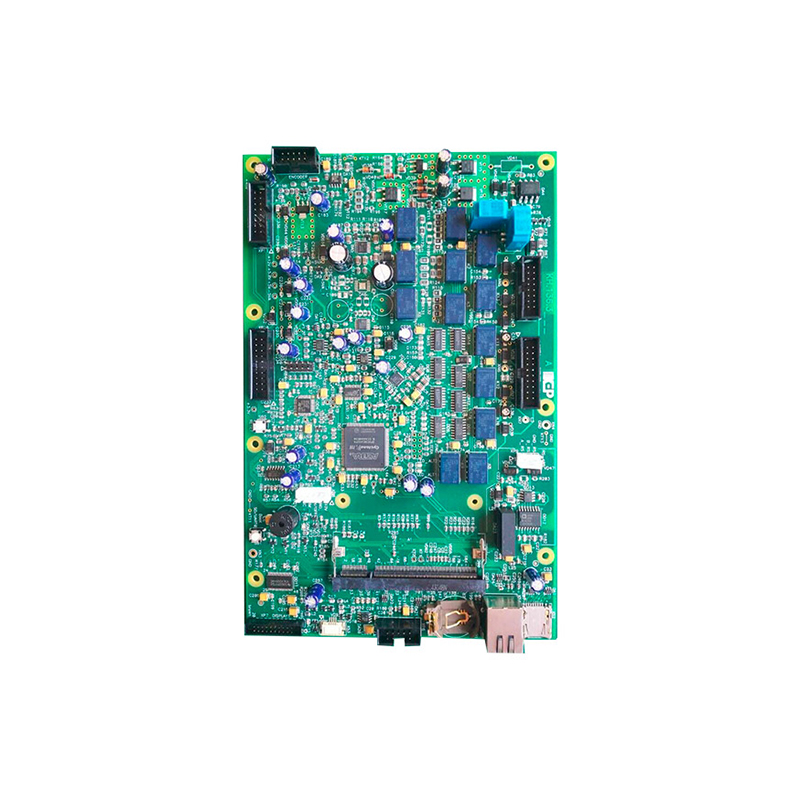When it comes to electronic component assembly, two popular methods dominate the industry: pcb surface mount technology (SMT) assembly and pcb through-hole assembly. As technology advances, manufacturers and engineers are constantly looking for the best solution for their projects. To help you gain a deeper understanding of these two assembly technologies, Capel will lead a discussion on the differences between SMT and through-hole assembly and help you decide which one is best for your project.
Surface Mount Technology (SMT) Assembly:
Surface mount technology (SMT) assembly is a widely used method in the electronics industry. It involves mounting components directly onto the surface of a printed circuit board (PCB). Components used in SMT assembly are smaller and lighter than those used in through-hole assembly. SMT components have metal terminals or leads on the underside that are soldered to the surface of the PCB.
One of the significant advantages of SMT assembly is its efficiency. There is no need to drill holes in the PCB as components are mounted directly on the board surface. This results in faster production times and greater efficiency. SMT assembly is also more cost-effective as it reduces the amount of raw material required for the PCB.
Additionally, SMT assembly enables higher component density on the PCB. With smaller components, engineers can design smaller, more compact electronic devices. This is especially useful in industries where space is limited, such as mobile phones.
However, SMT assembly has its limitations. For example, it may not be suitable for components that require high power or are subject to strong vibrations. SMT components are more susceptible to mechanical stress, and their small size can limit their electrical performance. So for projects that require high power, through-hole assembly may be a better choice.
Through hole assembly
Through-hole assembly is an older method of assembling electronic components that involves inserting a component with leads into holes drilled in a PCB. The leads are then soldered to the other side of the board, providing a strong mechanical bond. Through-hole assemblies are often used for components that require high power or are subject to strong vibrations.
One of the advantages of through-hole assembly is its robustness. Soldered connections are mechanically more secure and less susceptible to mechanical stress and vibration. This makes through-hole components suitable for projects requiring durability and superior mechanical strength.
The through-hole assembly also allows for easy repair and replacement of components. If a component fails or needs an upgrade, it can be easily desoldered and replaced without affecting the rest of the circuit. This makes through-hole assembly easier for prototyping and small-scale production.
However, through-hole assembly also has some disadvantages. This is a time-consuming process that requires drilling holes in the PCB, which adds to production time and cost. Through-hole assembly also limits the overall component density on the PCB because it takes up more space than SMT assembly. This can be a limitation for projects that require miniaturization or have space constraints.
Which is best for your project?
Determining the best assembly method for your project depends on factors such as the requirements of the electronic device, its intended application, production volume, and budget.
If you need high component density, miniaturization and cost efficiency, SMT assembly may be a better choice. It is suitable for projects such as consumer electronics where size and cost optimization are critical. SMT assembly is also well suited for medium to large production projects as it offers faster production times.
On the other hand, if your project requires high power requirements, durability, and ease of repair, through-hole assembly may be the best choice. It is suitable for projects such as industrial equipment or automotive electronics, where robustness and longevity are key factors. Through-hole assembly is also preferred for smaller production runs and prototyping.
Based on the above analysis, it can be concluded that both pcb SMT assembly and pcb through-hole assembly have their own advantages and limitations. Choosing the right approach for your project depends on understanding the specific needs and requirements of the project. Consulting with an experienced professional or electronics manufacturing service provider can help you make an informed decision. So weigh the pros and cons and choose the assembly method that works best for your project.
Shenzhen Capel Technology Co., Ltd. owns a PCB assembly factory and has provided this service since 2009. With 15 years of rich project experience, rigorous process flow, excellent technical capabilities, advanced automation equipment, comprehensive quality control system, and Capel has a professional expert team to provide global customers with high-precision, high-quality quick turn PCB Assemble prototyping. These products include flexible PCB assembly, rigid PCB assembly, rigid-flex PCB assembly, HDI PCB assembly, high-frequency PCB assembly and special process PCB assembly. Our responsive pre-sales and post-sales technical services and timely delivery enable our clients to quickly seize market opportunities for their projects.
Post time: Aug-24-2023
Back







